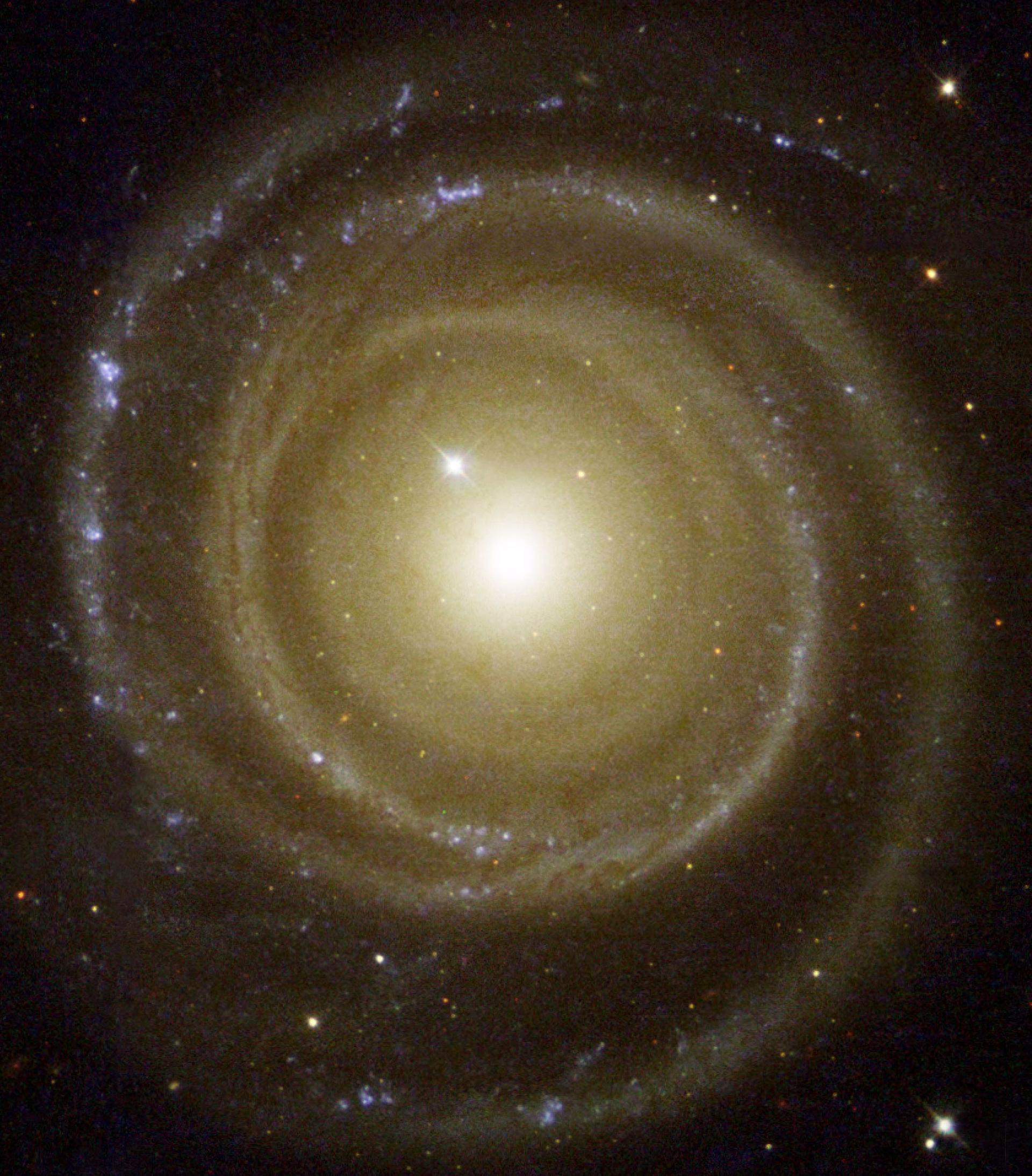Oldest spiral galaxy discovered by Hubble (VIDEO)
Scientists have found the oldest spiral galaxy, which they believe to be 10.7 billion years old.
Astronomers have discovered the universe's oldest spiral galaxy. It is believed to be roughly 10.7 billion years old, Space.com reported.
The researchers who discovered the galaxy, dubbed BX442, using the Hubble Telescope told Space.com that they were surprised to find such an old galaxy in such great shape, adding that it resembles our own Milky Way.
David Law, of the University of Toronto, said in a statement, "The fact that this galaxy exists is astounding. Current wisdom holds that such 'grand-design' spiral galaxies simply didn't exist at such an early time in the history of the universe."
Alice Shapley, a UCLA associate professor of physics and astronomy, and co-author of the study published in the journal Nature, added to Law's statement by telling NPR, "The vast majority of old galaxies look like train wrecks. Our first thought was, why is this one so different, and so beautiful?"
According to the LA Times, the reason this galaxy exists may be the companion dwarf galaxy that appears to be merging with it. The researchers noted in a press release, "BX442 looks like a nearby galaxy, but in the early universe, galaxies were colliding together much more frequently. Gas was raining in from the intergalactic medium and feeding stars that were being formed at a much more rapid rate than they are today; black holes grew at a much more rapid rate as well. The universe today is boring compared to this early time.'"
This video further explains how dwarf galaxies form into a larger spiral galaxy:
More from GlobalPost: Richard Branson's Virgin Galactic to carry private satellites
